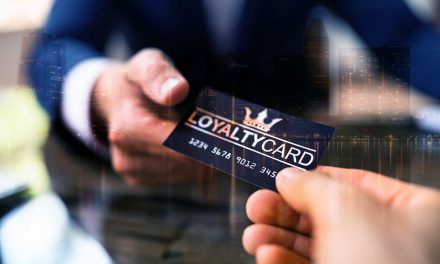Major sport events mean major sponsorships and a frenzy of marketing activities. What’s new and what’s due at the 2024 Olympics for marketers
With the 2024 Summer Olympics approaching, Forrester analysts have chipped in with their commentaries on marketing trends revolving around the Games.
The 2024 Olympics’ environmental ambitions and sporting values offer opportunities for brands and marketers, especially when we see how the alignment of sports and marketing helps drive business growth.
Forrester VP and Principal Analyst, Dipanjan Chatterjee, shared: “Interest in these games is high. A quick poll of US online adults in Forrester’s market research online community shows that 41% plan to follow the Olympics very or fairly closely, a shade above the 38% who say they follow other sporting events with equal interest.”
Key Olympic difference
The Olympic Games has a key difference from many other sports events.
Dipanjan said: “From logo-emblazoned jerseys to extravagant Super Bowl advertising, brands have always sought to capitalise on the salience and emotional juggernaut that is sport. Unlike a Super Bowl-style hyper event, engagement during the Olympics will be spread over many days, with repeated opportunities for protracted engagement through multiple platforms.”
He advised marketers: “Rather than thinking of the event as one massive injection of reach and awareness, it is better to use the occasion to build deeper relationships with multiple forms of engagement.”
Dipanjan added that, as brands look to de-emphasise intrusive, interruptive advertising, sports has become a vital channel for brand marketers seeking to drive growth through experiences and associations that show them in a positive light.
Environmental goals and sporting values
Another Forrester VP and Principal Analyst, Thomas Husson, commented: “For brands sponsoring the show, this is a unique opportunity to benefit from the values of the Olympic and Paralympic Games: courage, competition, respect, transcendence, and excellence included. Beyond the opportunity to develop brand awareness and preference — thanks to massive visibility across a potential of 3 billion or more spectators — firms can activate their brands with exclusive products.”
For example, P&G will involve more than 30 brands from its portfolio with the launch of dedicated Olympic and Paralympic Games-inspired campaigns. The company will also activate in-store and online retail programs with more than 150 retailers from around the world.
“Measuring the ROI of such an investment is always difficult; firms should not just measure the short-term impact of sales, but also consider longer-term aspects in terms of brand value and employee engagement for the thousands of employees proud to see their employers associated with the Olympics,” Husson advised.
“One unique specificity of the 2024 Olympic and Paralympic Games is its strong ambition to reduce the carbon footprint by 50% versus the London or Rio Games and to minimise their environmental impact,” said Husson.
A total carbon budget of 1.5 million metric tons of CO2 has been set and will be compensated via some contributions to climate. However, Husson raised a key issue: “The biggest question mark to achieve this goal is the number of fans flying over to Paris to attend the games in person.”
Otherwise, he applauded the strong efforts made to reuse 95% of existing or temporary infrastructure while making sure that new buildings will be are designed and conceived with the environment in mind.
“Such a strong environmental ambition has allowed sponsors such as ArcelorMittal, CMA CGM, and Coca-Cola to highlight parts of their sustainability efforts.”
However, he warned: “The risk of greenwashing remains high. For example, Coca-Cola has made serious efforts to provide 13 million reusable caps, 700 fountains, and bottles in recycled plastics. However, detractors are right to point out that the firm is not fundamentally changing its business model and remains among the top plastic polluters on the planet.”


















